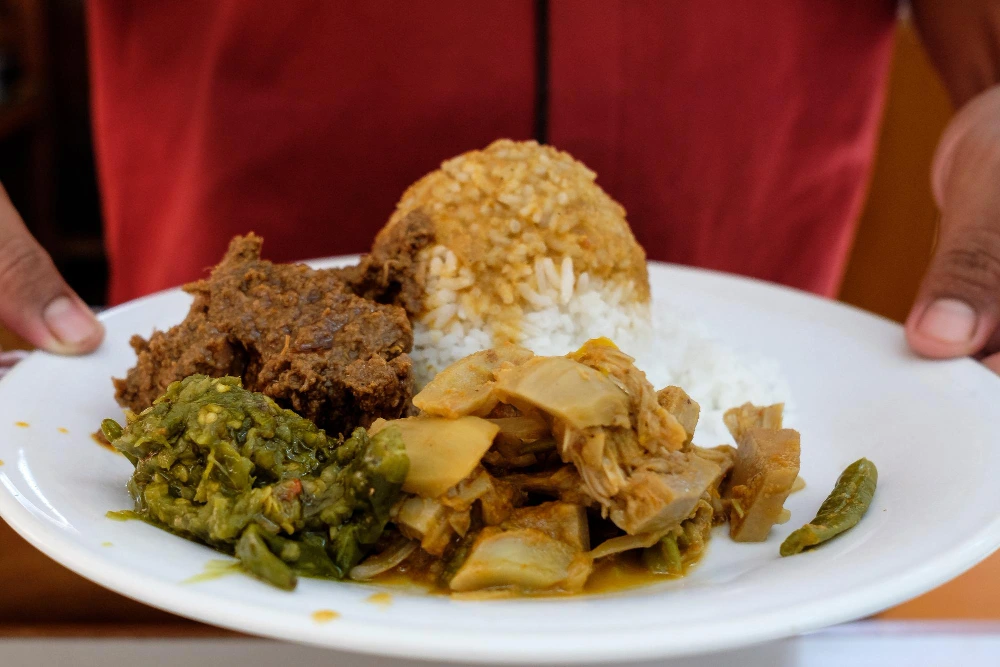 Ever found yourself confused between Nasi Kapau and Nasi Padang? At first glance, they look so similar—there’s rendang, gulai, and an array of mouthwatering side dishes. But beneath their almost identical appearances, surprising differences set them apart! To make sure you don’t mix them up again and level up your foodie knowledge, let’s dive into the key differences in this article. Grab a snack, because this read will make you hungry!
Ever found yourself confused between Nasi Kapau and Nasi Padang? At first glance, they look so similar—there’s rendang, gulai, and an array of mouthwatering side dishes. But beneath their almost identical appearances, surprising differences set them apart! To make sure you don’t mix them up again and level up your foodie knowledge, let’s dive into the key differences in this article. Grab a snack, because this read will make you hungry!
Key Differences Between Nasi Kapau and Nasi Padang
Although both hail from West Sumatra, both have their unique traits. Here are the 5 main differences between Nasi Kapau and Nasi Padang:
1. Serving Style: Buffet vs. Table Service
The first difference lies in how they’re served. At a Nasi Kapau eatery, you’ll see all the side dishes displayed and get to choose them yourself, buffet-style. Sellers even have a signature skill of scooping up dishes from afar with a long-handled spoon. On the other hand, at a Nasi Padang restaurant, dishes are brought straight to your table, even ones you didn’t order. You simply pick what you want and pay for what you eat.
2. Signature Dishes: Gulai Tambusu vs. Rendang
 Nasi Kapau boasts a unique dish rarely found in Nasi Padang: gulai tambusu. This is cow intestine stuffed with a savory mix of eggs, tofu, and spices. Nasi Kapau also features chicken rendang, while Nasi Padang is more known for its dry beef rendang.
Nasi Kapau boasts a unique dish rarely found in Nasi Padang: gulai tambusu. This is cow intestine stuffed with a savory mix of eggs, tofu, and spices. Nasi Kapau also features chicken rendang, while Nasi Padang is more known for its dry beef rendang.
3. Flavors: Rich in Spices vs. Savory and Sweet
The flavors also differ. Nasi Kapau’s dishes tend to be spicier and richer in spices, with bolder seasonings. In contrast, Nasi Padang’s dishes are generally savory with a slightly sweeter taste, though this can vary depending on each restaurant.
4. Origins: Kapau vs. Padang
Another major difference lies in their origins. Nasi Kapau comes from Nagari Kapau, Tilatang Kamang District, Agam Regency, near Bukittinggi, West Sumatra. Meanwhile, as its name suggests, Nasi Padang originates from Padang City, West Sumatra.
5. Presentation Style: Stacked High vs. Neatly Arranged
Finally, the presentation style sets them apart. At Nasi Kapau stalls, dishes are often piled high in large pots, creating a towering and tempting display. In contrast, Nasi Padang dishes are neatly arranged on small plates for an orderly presentation.
Read More : This is The Differences Between Rendang and Kalio
Want to Try Making Nasi Kapau and Nasi Padang at Home?
 So, no more confusion about the differences, right? While they might seem similar, their differences are always fascinating to explore.
So, no more confusion about the differences, right? While they might seem similar, their differences are always fascinating to explore.
Both bring unique flavors that are irresistibly delicious and proudly part of Indonesia’s rich culinary heritage.
If you’re inspired to try making Nasi Kapau or Nasi Padang at home, go for it! And if you’ve been hesitant to enjoy them because of the coconut milk, don’t worry. You can use FiberCreme instead. Its creamy taste is top-notch, but it’s also high in fiber, low in sugar, and contains 0 mg cholesterol. Plus, FiberCreme helps your dishes last longer, so you can enjoy them again and again!
Let’s get creative with FiberCreme to create exceptional Indonesian dishes! Find recipes at @FiberCreme_TV and the Ellenka channel on YouTube.

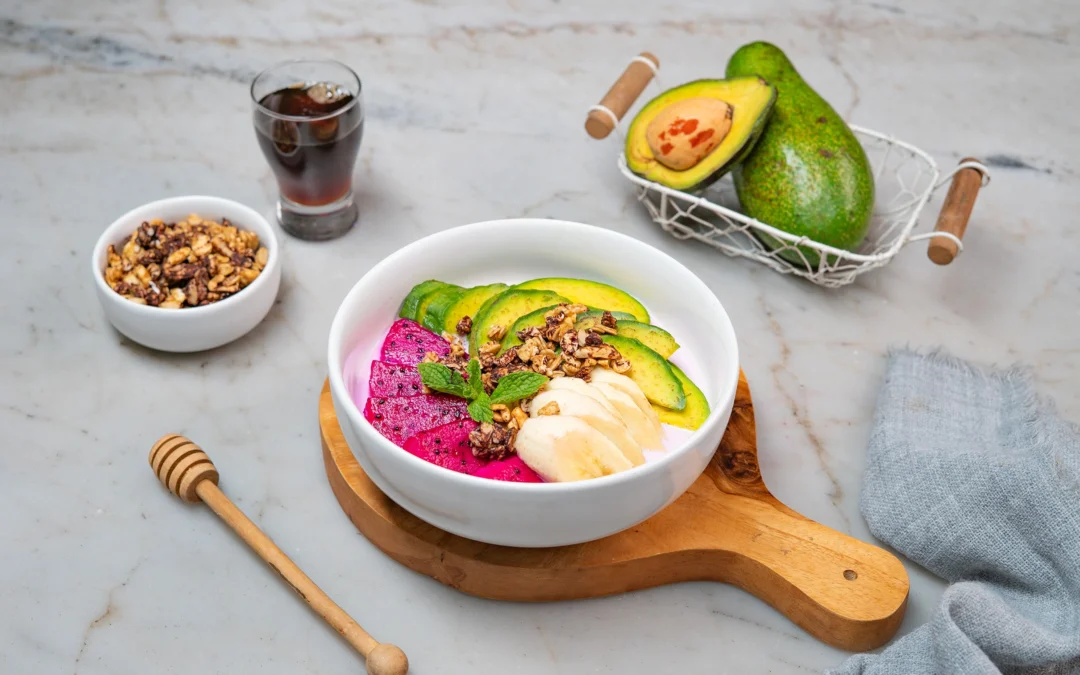

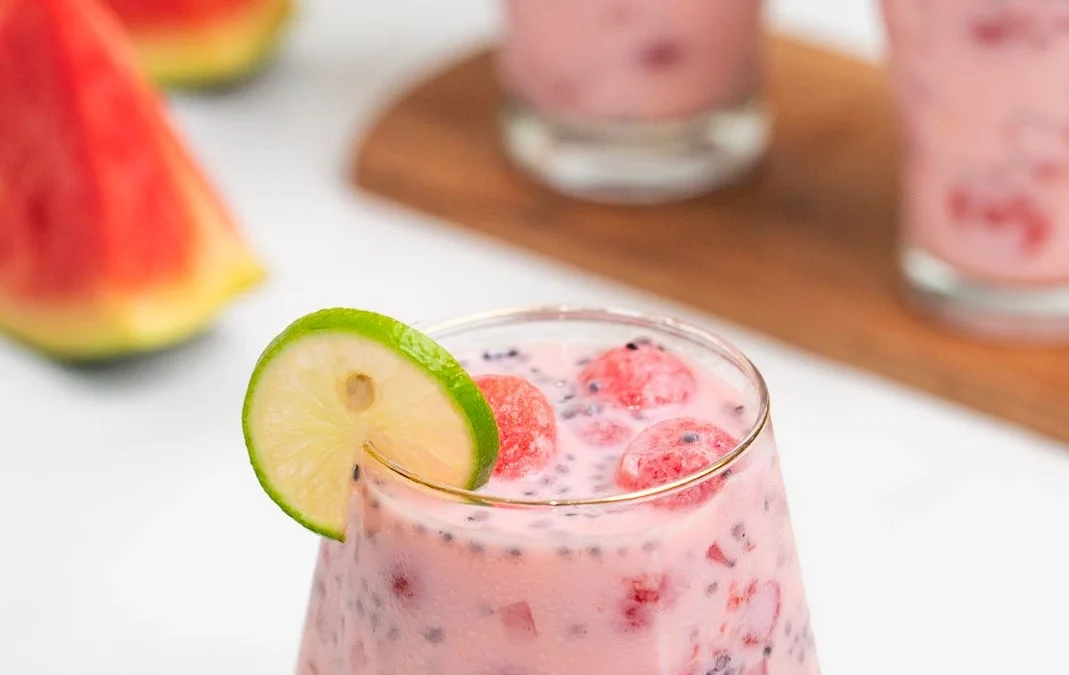
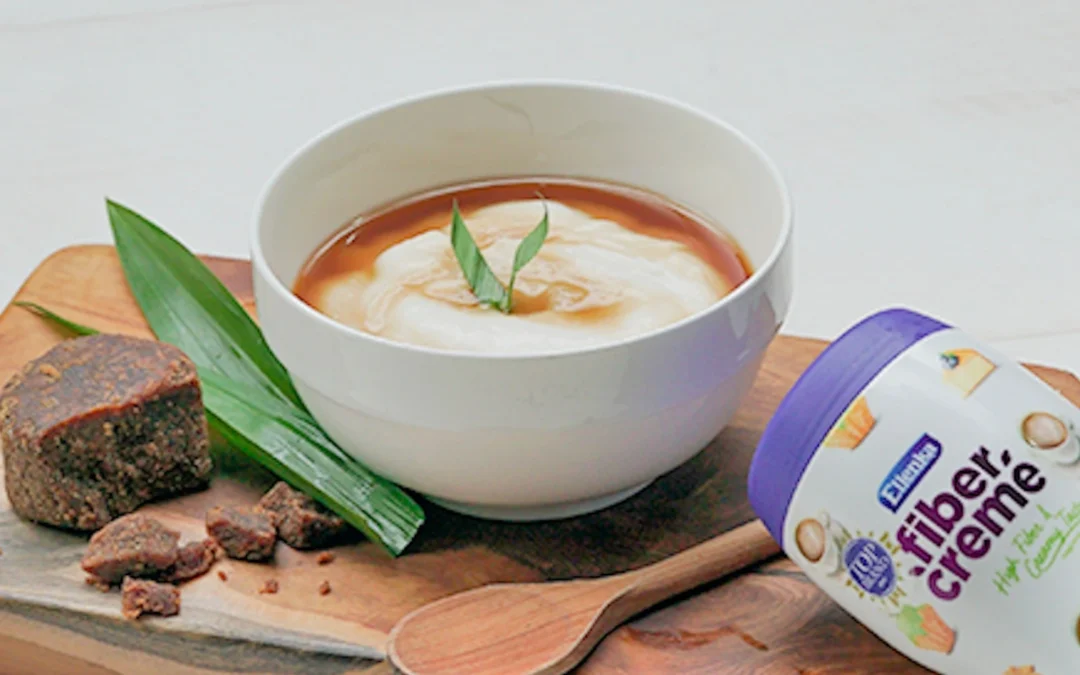
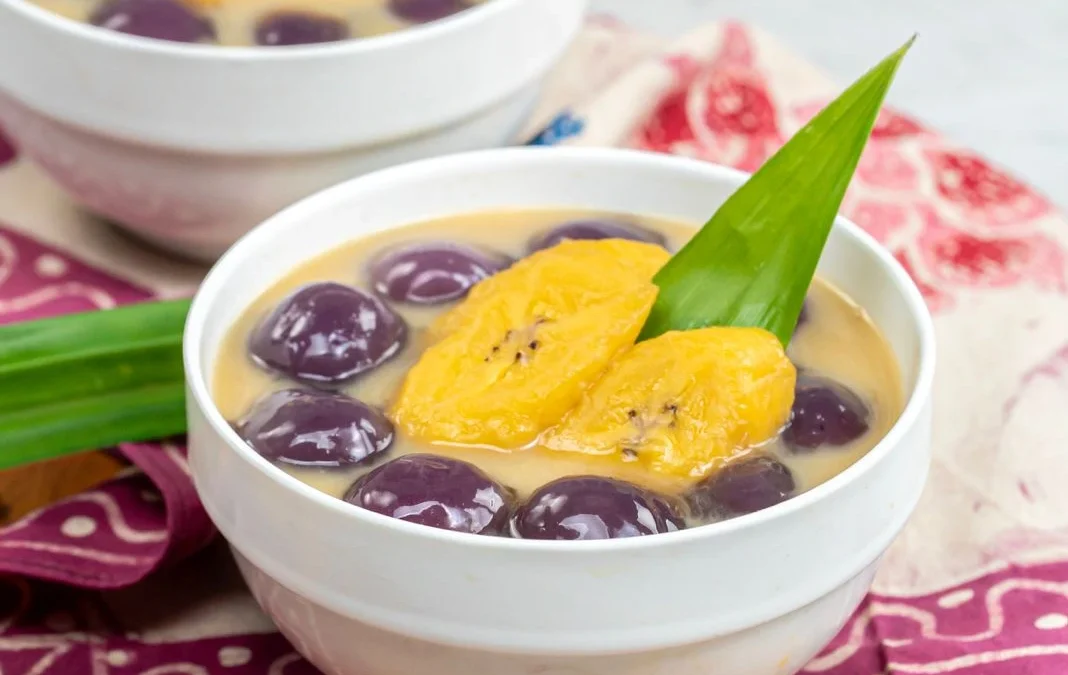
0 Comments